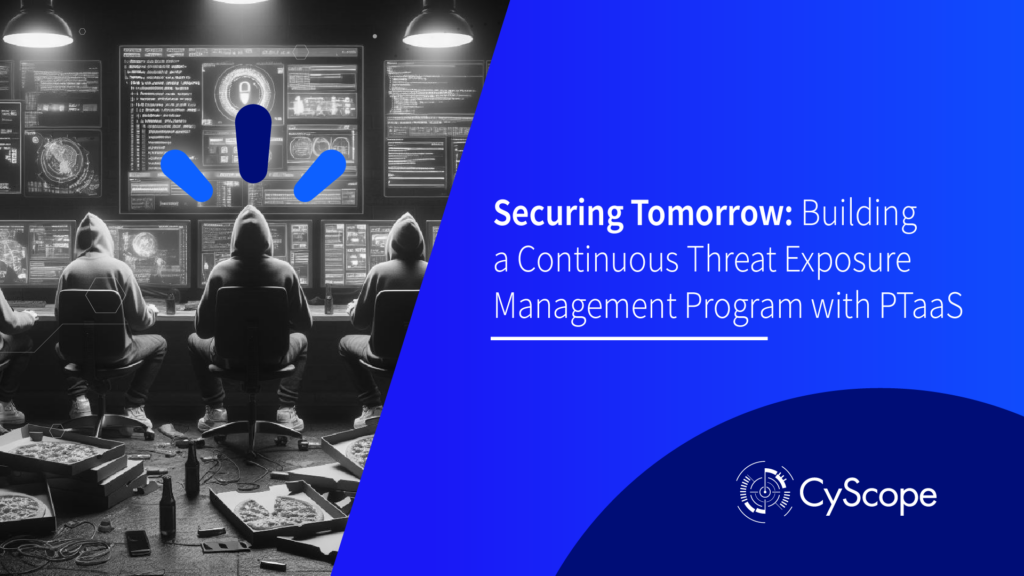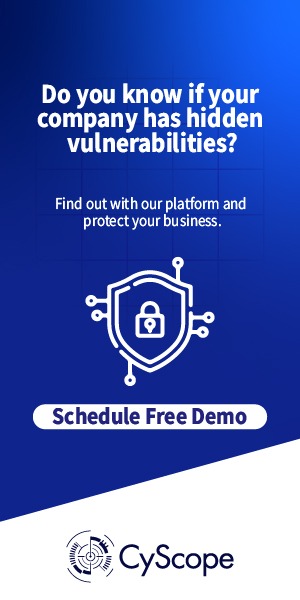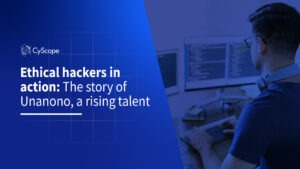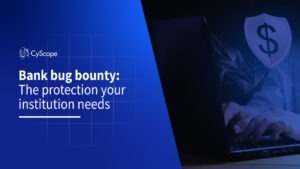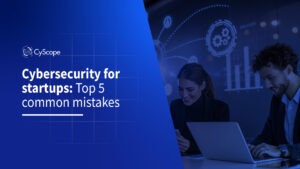As the digital landscape evolves, so do the threats organizations face. Establishing a robust Continuous Threat Exposure Management (CTEM) program is of prime importance in safeguarding against ever-adapting cyber risks. This article delves into the definition of CTEM, outlines its crucial stages, and explores the symbiotic relationship between CTEM and Pentest as a Service (PTaaS). Learn how to fortify your cybersecurity stance by seamlessly integrating PTaaS into your CTEM strategy.
Understanding CTEM
Continuous Threat Exposure Management (CTEM) is a proactive and ongoing approach to identifying, assessing, and mitigating cyber threats. It goes beyond traditional cybersecurity measures by providing real-time insights into an organization’s security posture, enabling swift responses to emerging threats.
Stages of CTEM
1. Scoping
At this stage we identify the key attack surfaces, which is where vulnerabilities can be managed. For this, it is necessary to know at this point the business objectives since these will determine the parameters to identify a vulnerability, so that the parties can coordinate on the impacts that may have on business operations. This stage usually involves more than one decision maker from various areas such as IT, InfoSec, Legal, Development, etc.
Scoping includes:
- Identification of critical assets.
- Assignment of appropriate roles and responsibilities to drive the CTEM program.
- Assessment of the organization’s risk tolerance.
- Organizational Risk Analysis.
2. Discovery
Asset discovery and risk profile assessment become critical. The discovery process takes into account system vulnerabilities, misconfigurations, spoofed assets and other critical resources.
Discovery includes:
- Asset management: Critical assets are mapped within the organization, such as identified software, hardware, data hubs, IoT, websites and networks.
- Detection of potential vulnerabilities in assets.
- Risk assessment together with IT Security in order to guide CISOs to implement changes.
- Risk exposure based on the organization’s risk tolerance and external asset vulnerability discoveries.
3. Prioritization
It is important to understand that not all vulnerabilities detected must be remediated. We must prioritize the most critical ones that pose the greatest risk to the organization’s long-term objectives. The key is to allocate resources towards impacting vulnerabilities that may affect system functionality for time-sensitive remediation and recovery.
Prioritization includes:
- Impact analysis to understand the damage the vulnerability or threat will have on the organization’s IT systems.
- Security posture analysis to determine if the current IT systems infrastructure can combat any security threats.
- Vulnerability identification and categorization of the most critical vulnerabilities.
- Security alignment with the organization’s objectives and human and technological resources is the final prioritization step in the CTEM process.
4. Validation
Testing vulnerabilities by simulating attacks. In this way it is possible to know how the system will react once the vulnerability has been exploited. It is performed in a secure test environment with advanced attack techniques to take control of the system.
This stage should focus on the effectiveness and viability of the organizational configuration and should therefore consist of processes such as technical evaluations, penetration testing, breach and attack simulation, and vulnerability assessments.
Validation includes:
- Attack simulation or penetration testing to mimicking the adversary’s tactics, techniques and procedures (TTP) in a controlled environment.
- Attack Path Context providing security teams with information and intelligence about the attacker’s point of entry, potential vectors and ability to advance through highly probable attack paths.
- Computer system response providing an indicator of how the system will respond in an actual attack and how it will respond to necessary remediation activities.
- Continuous improvement by identifying areas where there is room for improvement of technological capabilities to remediate and mitigate further system and asset vulnerabilities.
5. Mobilization
After the organization tracks the areas for improvement, it is time to mobilize resources to implement key remediation activities to mitigate the identified vulnerabilities and threats.
There are remediation techniques that will not be able to deal with the attacks due to the complexity they will have. That is why not all of the remediation process can be automated and will require key stakeholders for those. People are required to first validate the findings using their manual experience. Then automation activities can be scheduled.
Mobilization includes:
- Defining a Standard Operating Procedure (SOP) to give teams the information needed to manage vulnerabilities and threats with reduced friction.
- Establish clear and concise communication channels between key stakeholders, including CISO, DevSecOps, GRC, Legal, IT and InfoSec teams.
- Establish a well-balanced process that leverages automation where possible, and manual remediation where automation cannot be reliably scheduled or mitigation activities, such as patch management, are complex.
- Measure and monitor the overall effectiveness of mobilization and make changes when necessary.
CTEM and PTaaS Integration
Comprehensive Pentesting with PTaaS
Pentesting, or penetration testing, plays a crucial role in the CTEM program. Integrating Pentest as a Service (PTaaS) enhances this process by providing a continuous and comprehensive testing approach. PTaaS allows organizations to simulate real-world attacks, identifying vulnerabilities and weaknesses that might be missed in traditional assessments.
Real-Time Vulnerability Insights
PTaaS contributes to the continuous monitoring stage of CTEM by providing real-time insights into newly discovered vulnerabilities. This ensures that organizations are not only aware of their current threat landscape but are also equipped to respond rapidly to emerging risks.
Prioritizing Remediation Efforts
The results from PTaaS can be seamlessly integrated into the risk assessment and prioritization stages of CTEM. This allows organizations to prioritize remediation efforts based on the actual threat landscape, ensuring that critical vulnerabilities are addressed promptly.
Iterative Testing for Continuous Improvement
PTaaS, with its ongoing testing capabilities, supports the continuous improvement stage of CTEM. Regular iterative testing ensures that the organization’s security measures are adaptive and resilient to the latest cyber threats.
In a rapidly evolving digital environment, a Continuous Threat Exposure Management program is essential for proactive cybersecurity. By integrating Pentest as a Service (PTaaS) into the CTEM strategy, organizations can enhance their ability to identify, assess, and mitigate cyber threats in real-time. This dynamic approach ensures a robust security posture, protecting valuable assets from the ever-changing threat landscape.
CTEM is a program that, although it helps to better prepare organizations, it is always advisable to complement it with solutions dedicated to the security of technological assets such as Pentest as a Service. CyScope aims to help companies improve their cybersecurity posture by offering this type of solutions, which helps organizations to strengthen their cybersecurity strategy.
Security will always be a priority, especially in the cyber world. Don’t let cyber-attacks take the upper hand.
